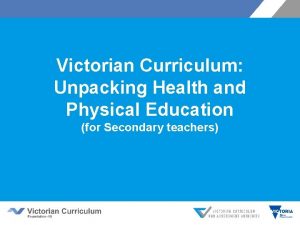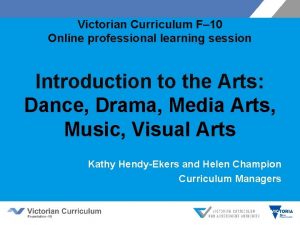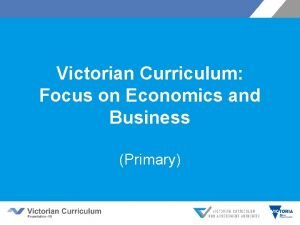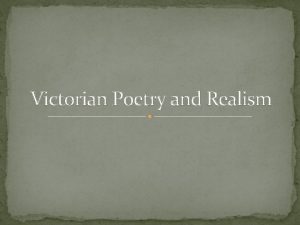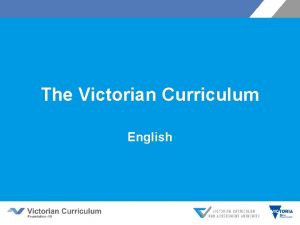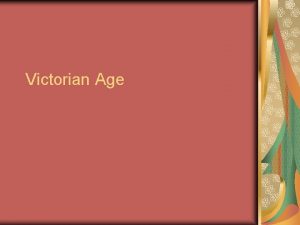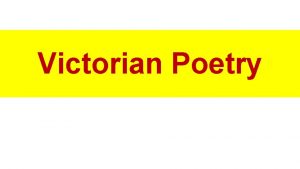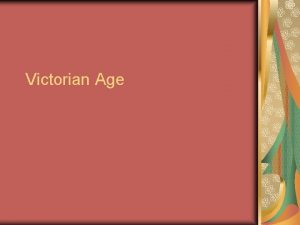Introducing Health and Physical Education Victorian Curriculum F







- Slides: 7

Introducing Health and Physical Education

Victorian Curriculum F– 10 • Released in September 2015 as a central component of the Education State • Provides a stable foundation for the development and implementation of whole-school teaching and learning programs • The Victorian Curriculum F– 10 incorporates the Australian Curriculum and reflects Victorian priorities and standards http: //victoriancurriculum. vcaa. vic. edu. au/

Aims Health and Physical Education aims to develop the knowledge, understanding and skills to enable students to: • access, evaluate and synthesise information to take positive action to protect, enhance and advocate for their own and others’ health, wellbeing, safety and physical activity participation across their lifespan • develop and use personal, behavioural, social and cognitive skills and strategies to promote a sense of personal identity and wellbeing and to build and manage respectful relationships • acquire, apply and evaluate movement skills, concepts and strategies to respond confidently, competently and creatively in a variety of physical activity contexts and settings • engage in and enjoy regular movement-based learning experiences and understand appreciate their significance to personal, social, cultural, environmental and health practices and outcomes • analyse how varied and changing personal and contextual factors shape understanding of, and opportunities for, health and physical activity locally, regionally and globally.

Structure Strands and sub-strands Strands Personal, Social and Community Health Movement and Physical Activity Sub-strands Being healthy, safe and active Moving the body Communicating and interacting for health and wellbeing Understanding movement Contributing to healthy and active communities Learning through movement Achievement standards • • The first achievement standard at Foundation and then at Levels 2, 4, 6, 8 and 10. A curriculum for students with disabilities is provided in this learning area.

Structure - Focus areas The focus areas provide the context through which the Content Descriptors and Achievement Standards are taught and assessed Alcohol and other drugs Active play and minor games Food and nutrition Challenge and adventure activities Health benefits of physical activity Fundamental movement skills Mental health and wellbeing Games and sports Relationships and sexuality Lifelong physical activities Safety Rhythmic and expressive movement

Key messages Underpinned by five interrelated propositions: • focuses on educative outcomes • takes a strengths-based approach • values movement • develops health literacy skills • includes a critical inquiry approach

Key messages There are strong connections between HPE and other curriculum areas: • Design and technologies - Food specialisation • The Arts - Dance • Geography, Science and the Personal and Social Capability enable students to experience outdoor activities and to connect with the natural environment • HPE and Personal and Social Capability together develop knowledge and skills to promote safe and respectful relationships

